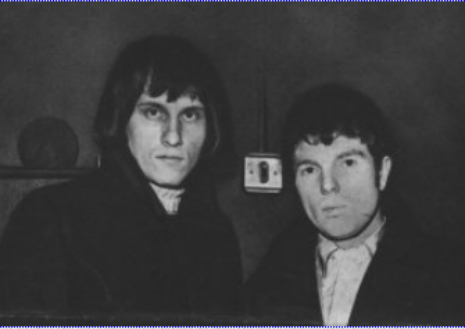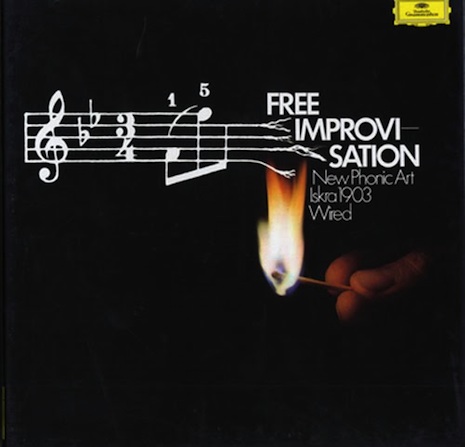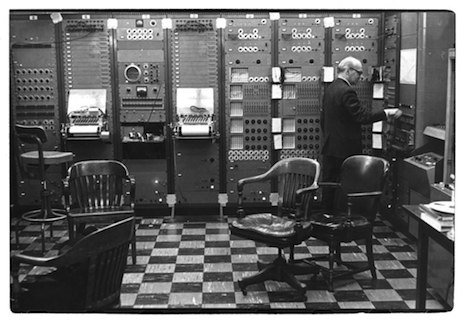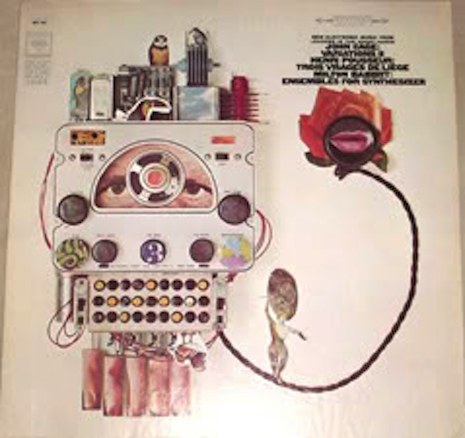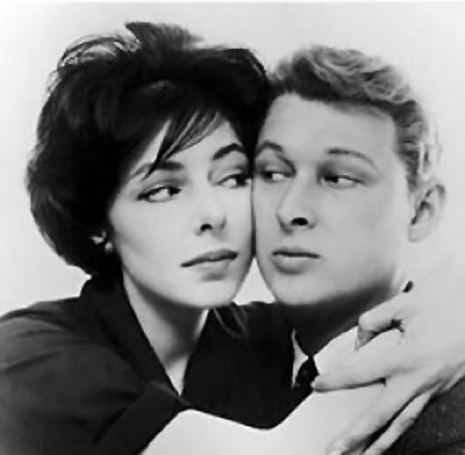
“Sometimes each of us would be thinking “Oh god, I know where we’re going,” and both of us would race to get there first.”—Mike Nichols
Over the weekend, Tara and I watched a 15-year-old PBS America Masters documentary on the incredibly brilliant 50s/60s comedy duo of Mike Nichols and Elaine May. Titled Nichols & May: Take Two, it features thoughtful discussions of the pair’s work by the likes of Steve Martin, Jules Feiffer and Tom Browkaw. What made the hour-long piece so especially exciting to watch was, well, finally getting to watch them do these great routines that I have listened to over and over and over again on records. Most of it was new to me (visually speaking, that is) and I was just ecstatically happy to see it. (Not to mention how absolutely stunning Elaine May was! Wow! What a fox!)
When I was a kid I absolutely adored Nichols & May. As Steve Martin remarked about their albums, there was really something quite musical about their comedy that leant it to repeated listens. Robin Williams compares the dance of their wit to a beautiful ballet. What they created together wasn’t really like anything else, either before or since. Their comedy albums weren’t stand-up comedy at all, of course. Nichols & May were actors and writers performing their own material, often the result of improvisations (a hallmark of their live act). Both of them have really great, expressive voices and their classic routines are absolute perfection, as honed and as precise as language can be used. Much of their material begins with seemingly random, meandering or nervous conversation that eventually comes into sharp focus. They were great at portraying pompous idiots with nothing to say and no qualms whatsoever about saying it. Although hardly risque, Nichols & May were “grown up” and probably the first satirists to include riffs on post-coital pillow talk and adultery in their repertoire during the Eisenhower administration.
A large part of the appeal for ardent Nichols and May fans was the cultural signifiers they—well, their stuffy, insecure characters—would casually drop into their routines. College-educated, upscale fans who made the high IQ duo such a success on Broadway would feel a part of the “in crowd” when presented with material referencing Béla Bartók or Nietzsche, although no one was exactly excluded by their brainy comedy, either. Routines about phone calls from foreign countries, getting ripped off by funeral homes and psychotically nagging mothers could be enjoyed by anyone, but the high falutin’ grad school references were the dog whistles that garnered them their staunchest fans. Amusing to consider that these “sophisticates” were usually the very people skewered most savagely by the double-edged sword of Nichols & May’s humor.
Often, it was Elaine May’s characters who set about psychologically torturing the hapless male creations of straight-man Nichols. Gerald Nachman relates several examples of May’s emasculating wit in a pre-feminist era in his book Seriously Funny: The Rebel Comedians of the 1950s and 1960s. One tale is told of May getting wolf whistles and noisy kisses from two guys who followed her down the street. “What’s the matter? Tired of each other?” she asked. One of them yelled back, “Fuck you!” and she fired back, “With WHAT?
Get a copy of Nichols & May: Take Two at Mod Cinema.
Below: “Aren’t you even curious about me?” “No, not at all.”
In their famous “Telephone” sketch, Nichols plays a hapless man, stranded and down to his final dime, trying to use a pay phone with disastrous results. May plays three different telephone operators, none about to give him his “alleged die-yum” back. To SEE them do this… Ah! I was in heaven:
Much, much more classic Nichols & May comedy after the jump…







